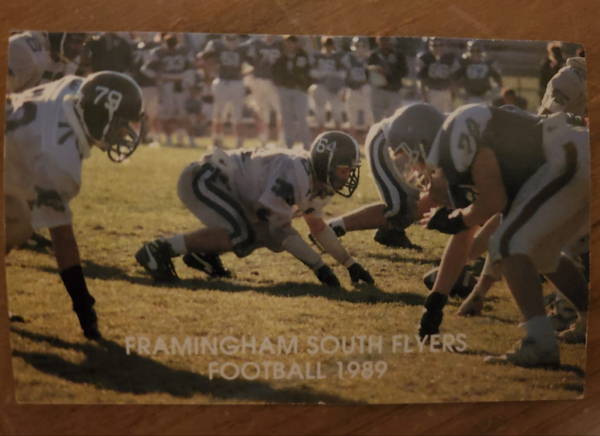Last week, Microsoft announced that Skype would shut down in May … after over two decades of service.
Hydrox existed before Oreo, and Betamax before VHS.
But Skype might be even more surprising. Skype was so ubiquitous that it became a verb and eponymous with video calling. As a world traveler, Skype also used to be the go-to international calling app.
Imagine if Kleenex, Jell-O, or Band-Aids went out of business.
That’s what Skype did – and it’s not the first tech business to fail similarly…
Thinking Linearly in an Exponential Age
Humans can’t do a lot of things. Honestly, the fact that we’re at the top of the food chain is pretty miraculous.
We’re slow, weak, and famously bad at understanding large numbers or exponential growth.
Making matters worse, our brains are hardwired to think locally and linearly.
It’s a monumental task for us to fathom exponential growth … let alone its implications.
Think how many companies have failed due to that inability … RadioShack couldn’t understand a future where shopping was done online – and Kodak didn’t think digital cameras would replace good ol’ film. Blockbuster couldn’t foresee a future where people would want movies in their mailboxes because “part of the joy is seeing all your options!” They didn’t even make it long enough to see “Netflix and Chill” become a thing. The list goes on.
via Diamandis
Human perception is linear. Technological growth is exponential.
There are many examples. Here is one Peter Diamandis calls “The Kodak Moment” (a play on words of “a Kodak Moment”… the phrase Kodak used in advertising to mean a “special moment that’s worth capturing with a camera”).
In 1996, Kodak was at the top of its game, with a market cap of over $28 billion and 140,000 employees.
Few people know that 20 years earlier, in 1976, Kodak had invented the digital camera. It had the patents and the first-mover advantage.
But that first digital camera was a baby that only its inventor could love and appreciate.
That first camera took .01 megapixel photos, took 23 seconds to record the image to a tape drive, and only shot in black and white.
Not surprisingly, Kodak ignored the technology and its implications.
Fast forward to 2012, when Kodak filed for bankruptcy – disrupted by the very technology that they invented and subsequently ignored.
via Diamandis
Innovation is a reminder that you can’t be medium-obsessed. Kodak’s goal was to preserve memories. It wasn’t to sell film. Blockbuster’s goal wasn’t to get people in their stores, it was to get movies in homes.
Henry Ford famously said: “If I had asked people what they wanted, they would have said faster horses.” Steve Jobs was famous for spending all his time with customers, but never asking them what they wanted.
Two of our greatest innovators realized something that many never do. Being conscientious of your consumers doesn’t necessarily mean listening to them. It means thinking about and anticipating their wants and future needs.
Meanwhile, despite Skype having several features that Zoom still hasn’t implemented, Zoom recognized an opportunity during COVID and capitalized. When Microsoft bought Skype, they focused on adding several new features and expanding the range of services instead of improving the quality of their audio or video. Meanwhile, when Zoom entered the space, they brought much better servers and the ability to have much larger rooms. More attendees meant a wider variety of use cases and quicker adoption and referral cycles. They also made it easy to join a Zoom room. Instead of getting your e-mail up front and forcing you to create an account to use it, they let you join a meeting without an account. You only needed an account to host a meeting.
They focused on making it easy to use their service and on having a clear identity instead of trying to ride every wave and become unfocused. Of course, at the same time, Microsoft stopped focusing on the tool, with an increased focus on their new competitor to Zoom, Teams.
Tech and AI are creating tectonic forces throughout industry and the world. It is time to embrace and leverage what that makes possible. History has many prior examples of Creative Destruction (and what gets left in the dust).
Opportunity or Chaos … You get to decide.
Don’t forget … you don’t have to be the first mover to win in the end.
Onwards!

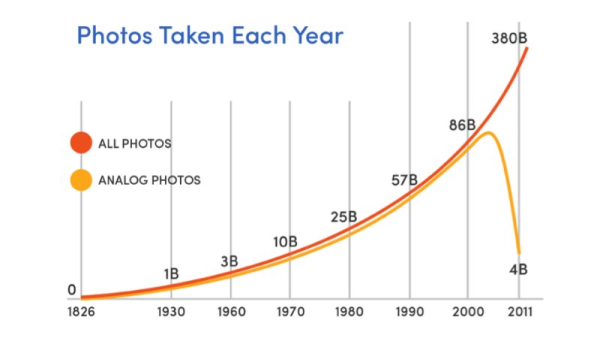
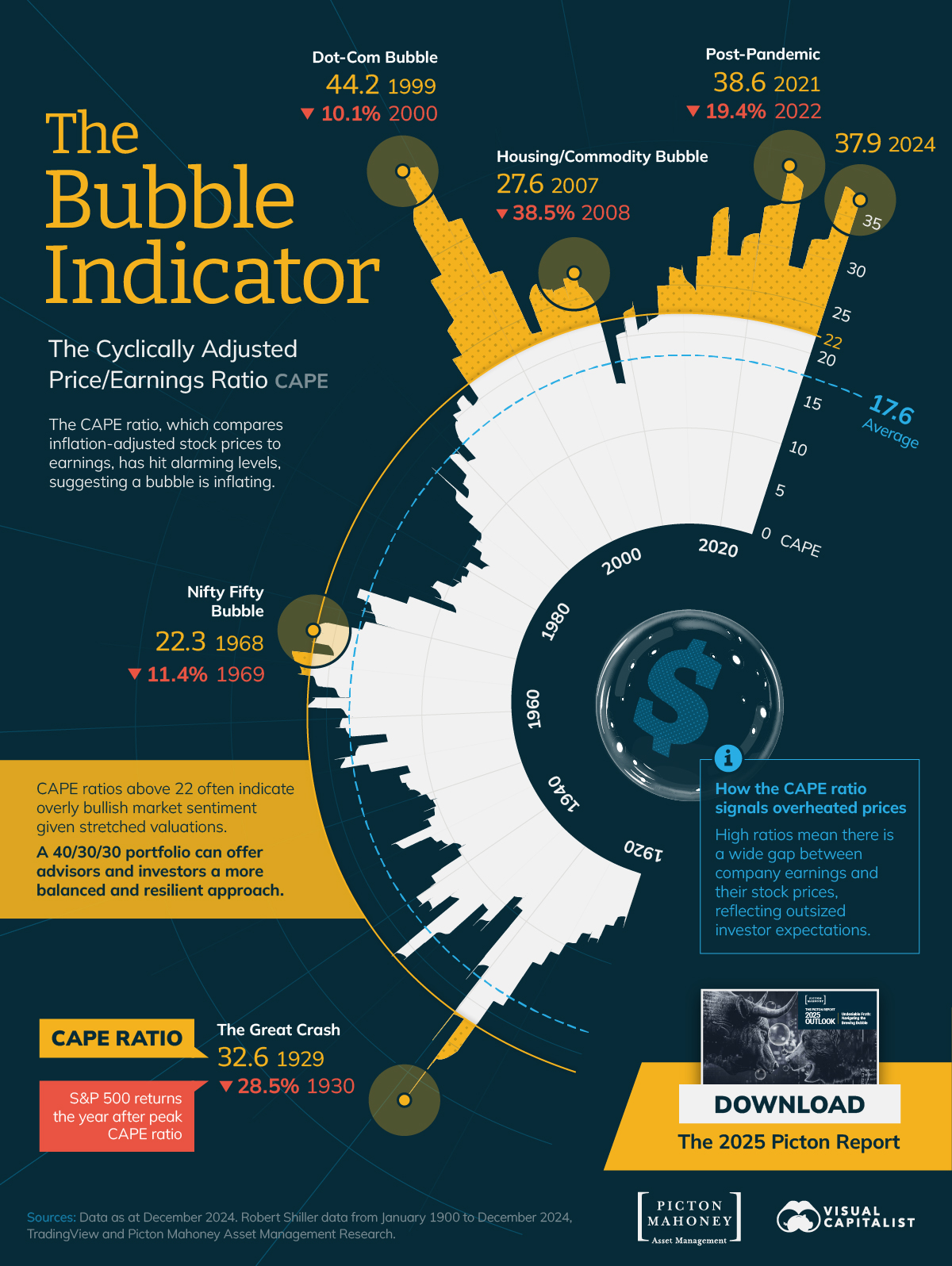


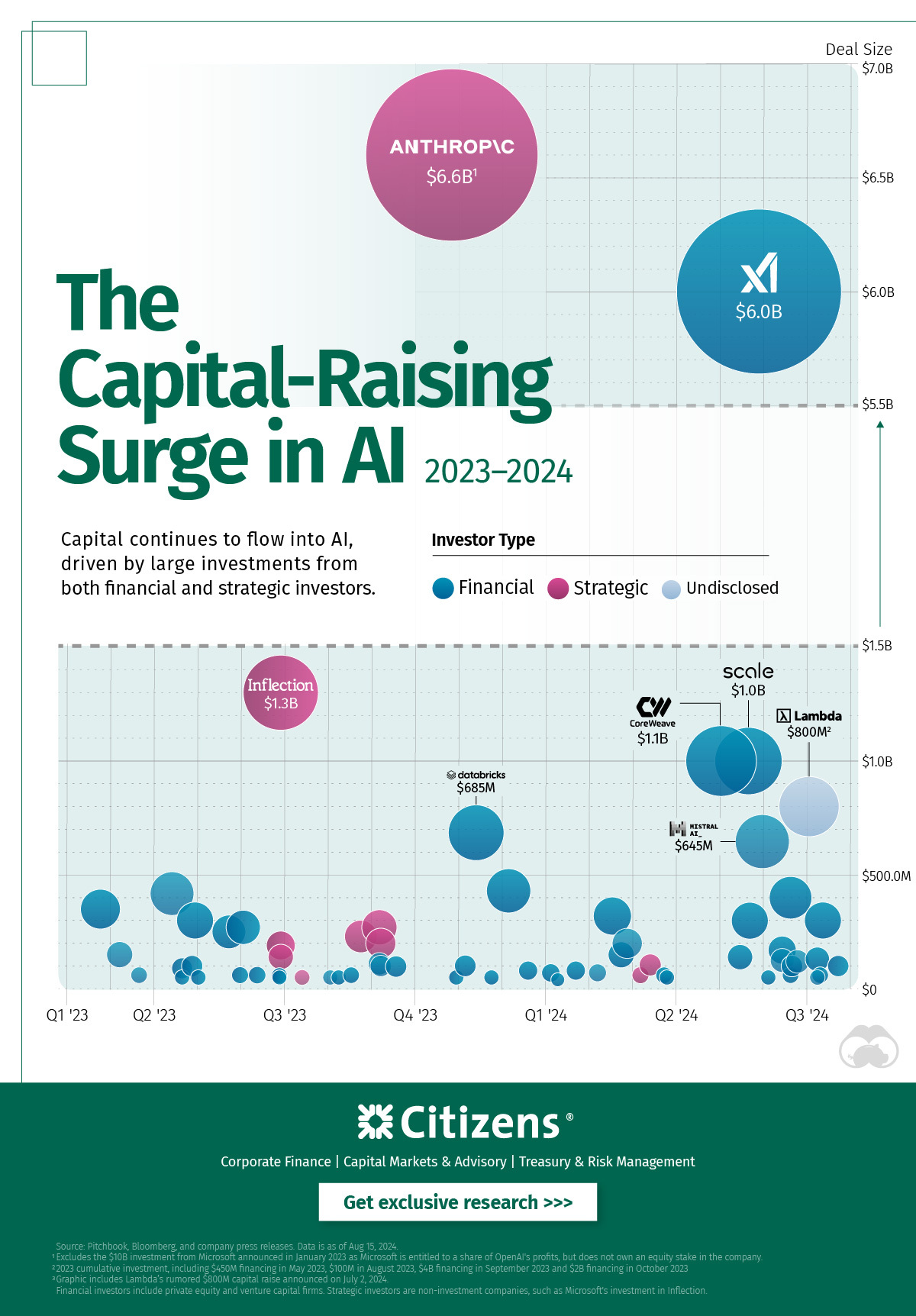
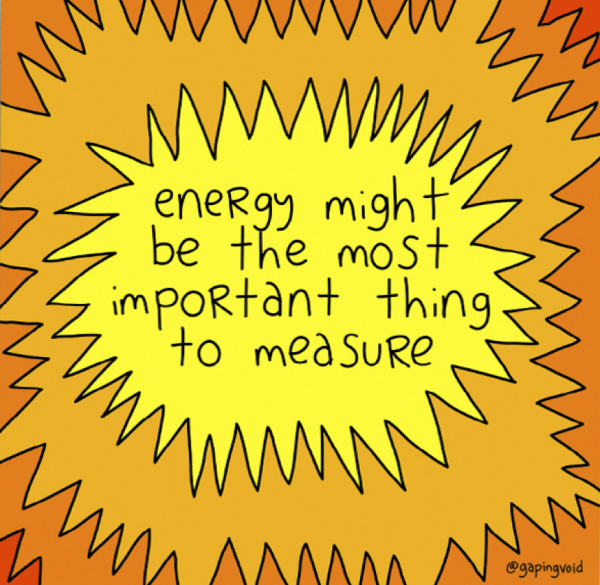
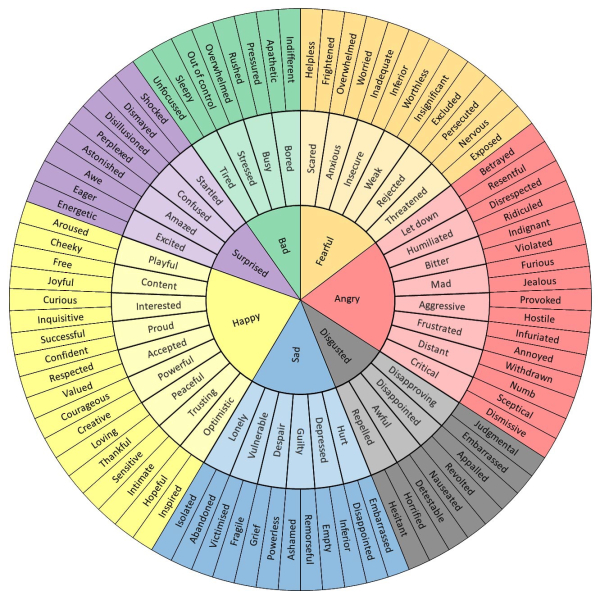
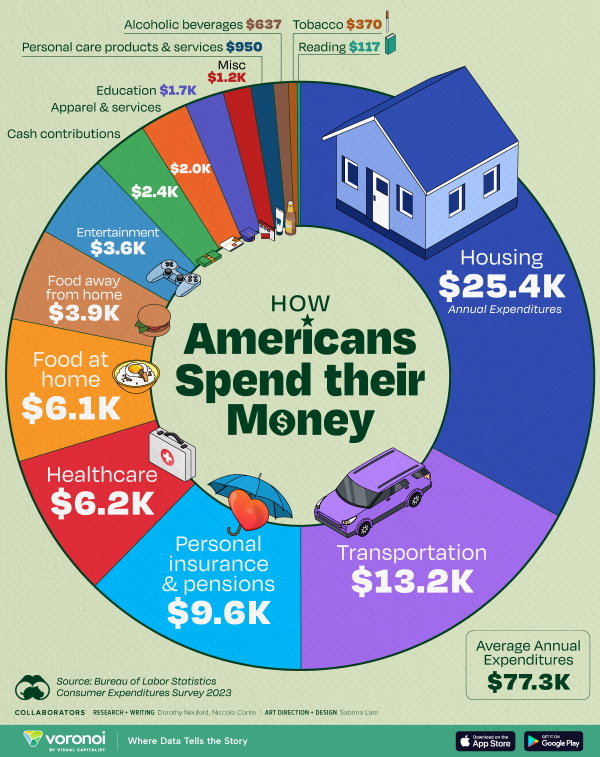 via
via 